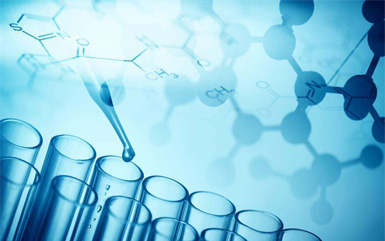Colorants, also known as food pigments, are substances that primarily aim to impart color to food and improve its color. At present, there are more than 60 commonly used food colorants in the world, and 46 are allowed to be used in China. According to their sources and properties, they are divided into two categories: synthetic food colorants and natural food colorants.

REACH testing is a regulation on the registration, evaluation, licensing, and restriction of chemicals in the European Union market; The use and content of toxic and harmful substances restricted within REACH regulations. It is the abbreviation of the European Union regulation "REGULATION concerning the Registration, Evaluation, Authorization and Restriction of Chemicals". It is a chemical regulatory system established by the European Union and implemented on June 1, 2007.
Why do colorants need to undergo a reach test?
Because colorants are chemicals and comply with the regulations for chemical testing of substances of high concern, it is necessary to position the product as an environmentally friendly product. In addition to being positioned as an environmentally friendly product, it is also possible to issue a REACH report during customs clearance to avoid losses caused by goods being detained.